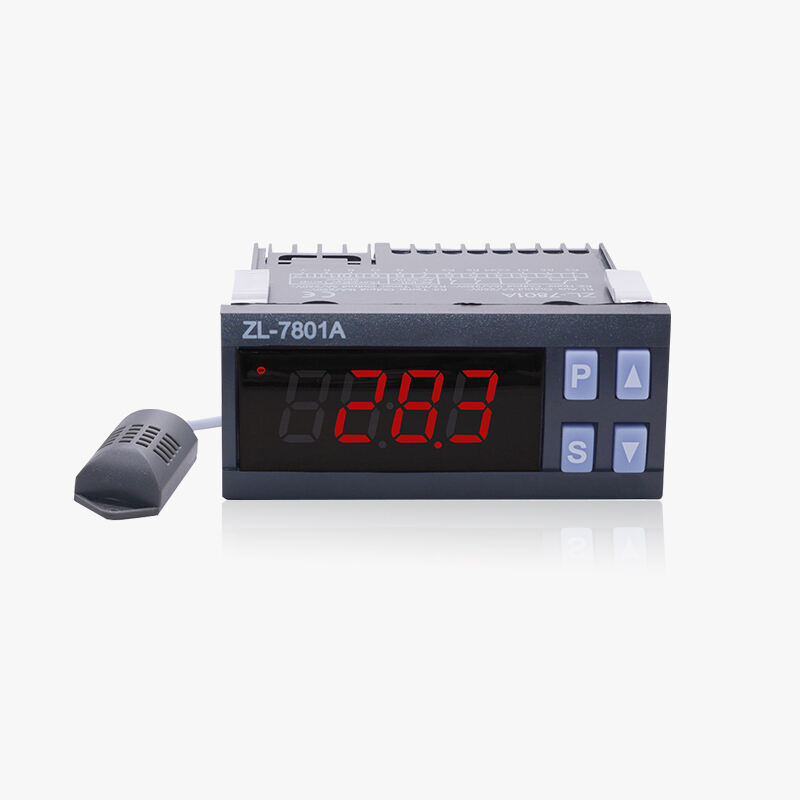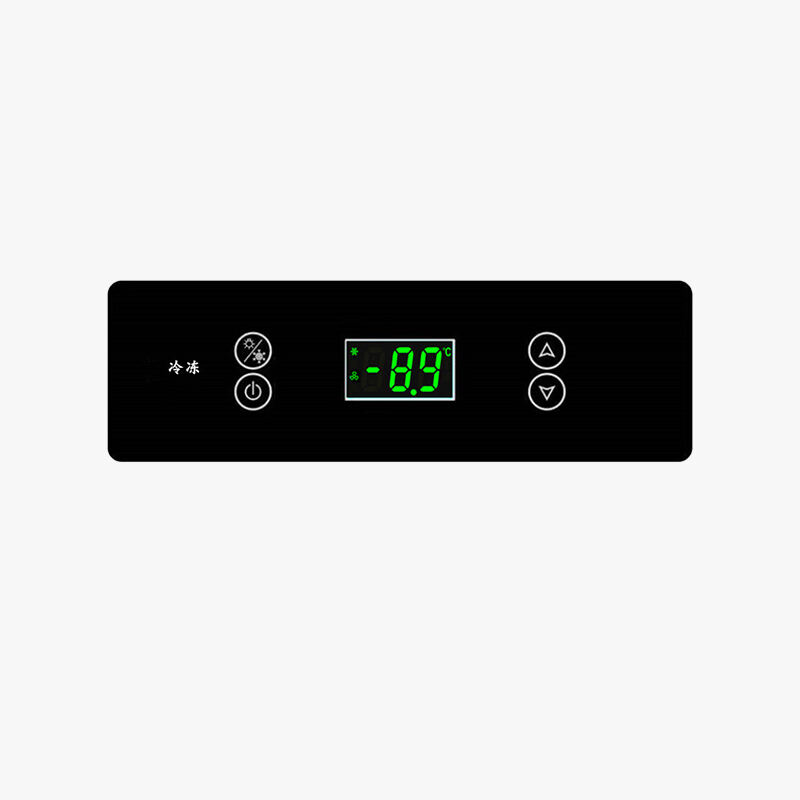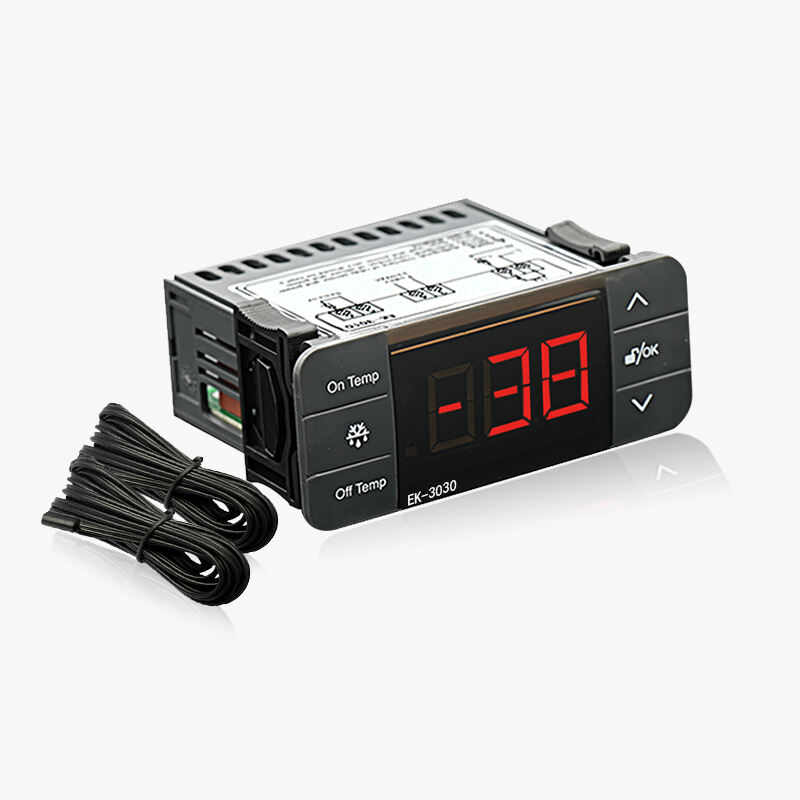Precision Control and Accuracy
The digital temperature controller's outstanding precision control and accuracy capabilities set new standards in temperature management. Advanced microprocessor technology enables temperature readings with accuracy typically within ±0.1°C, ensuring exceptional consistency in critical processes. The controller employs sophisticated PID (Proportional-Integral-Derivative) algorithms that continuously calculate and adjust output parameters to maintain the desired temperature. This dynamic response system prevents temperature overshooting and undershooting, resulting in stable and reliable temperature control. The high sampling rate of the digital sensors allows for rapid detection of temperature changes, enabling immediate corrective actions to maintain optimal conditions. This level of precision is particularly valuable in sensitive applications such as laboratory research, pharmaceutical manufacturing, and food processing, where temperature variations can significantly impact results or product quality.










